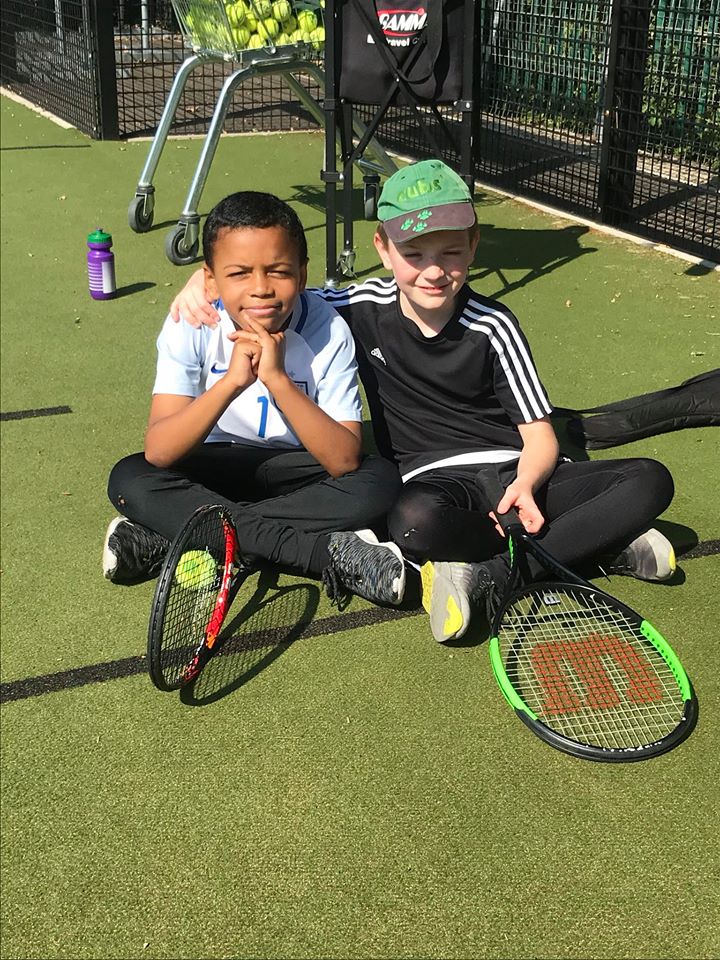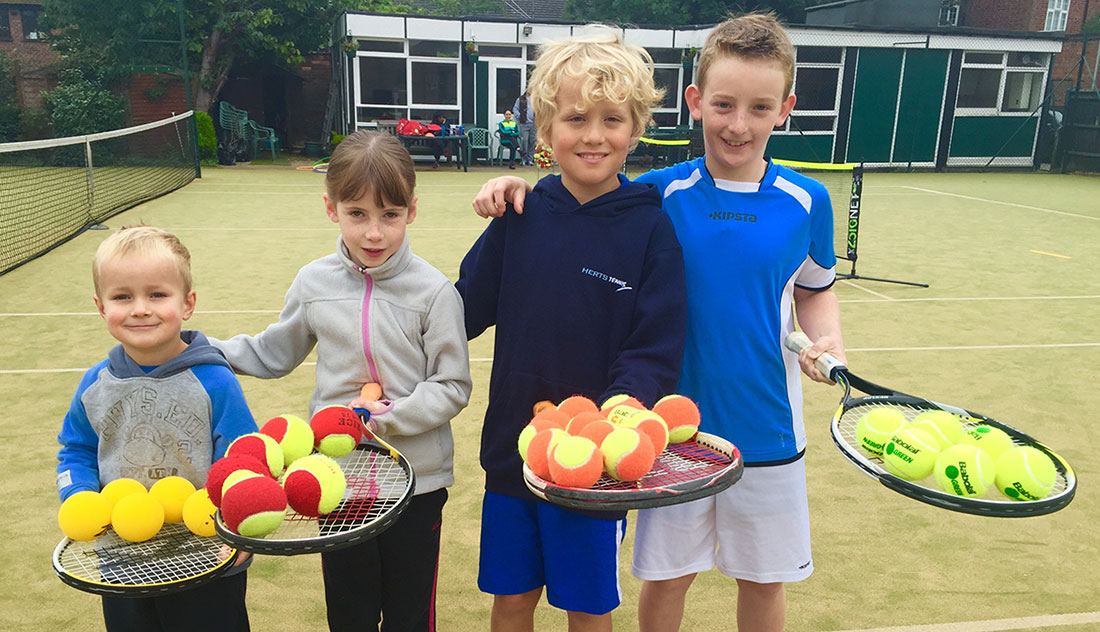
Playing tennis and other sports that are social might add years to your life, according to a new epidemiological study of Danish men and women.
The study found that adults who reported frequently participating in tennis or other racket and team sports lived longer than people who were sedentary. But they also lived longer than people who took part in reliably healthy but often solitary activities such as jogging, swimming and cycling.
The results raise interesting questions about the role that social interactions might play in augmenting the benefits of exercise.
At this point, no one doubts that being physically active improves our health and can extend our longevity. Multiple, recent epidemiological studies have pinpointed links between regular exercise and longer lives in men and women.
But whether some activities might be better than others for lengthening life spans remains in dispute. One widely publicised 2017 study of more than 80,000 British men and women found that those who played racket sports tended to outlive those who jogged.
Those results piqued the interest of an international group of scientists. They previously had examined links between jogging and longevity and concluded that moderate amounts of moderately paced running led to greater gains in longevity than more-gentle or strenuous running.
For the new study, which was published this week in Mayo Clinic Proceedings, these same researchers decided to widen their inquiry and look at a variety of sports and their associations with life and premature death.
To start, they turned to the same data resource they had used for the jogging study, the Copenhagen City Heart Study, an ambitious, ongoing attempt to track the lives and health of thousands of men and women in Copenhagen.
The study’s participants had all completed health exams and lengthy questionnaires about their lifestyles and whether and how often they took part in eight sports common in Denmark, including cycling, swimming, running, tennis, soccer and, perhaps unexpectedly, badminton.
The researchers zeroed in on 8,600 of the participants who had been part of the study for about 25 years.
They cross-referenced records with the national death registry to see if and when any of these people had passed away.
Then they compared activities and life spans.
The most obvious finding was that people who had reported almost never exercising were more likely than the active to have died in the ensuing decades.
The associations between particular activities and life span were more surprising.
Cycling was the most popular activity among the Danes in the study, many of whom reported riding for four or more hours every week. Their pedaling was associated with a lengthier life span, adding an average of 3.7 years to riders’ lives, compared to sedentary Danes.
Running likewise was associated with an extra 3.2 years of life.
But these gains were notably less than for playing tennis, which was linked to 9.7 added years of life, or badminton, which was linked to an extra 6.2 years, or soccer, which added almost 5 years to players’ lives.
These associations remained unchanged even when the researchers controlled for people’s education, socioeconomic status and age.
THE IMPORTANCE OF THE SOCIAL SIDE OF TENNIS
Why and how some sports might add more years to people’s lives than others is impossible to know from this kind of observational study, says Dr. James O’Keefe, a study co-author and the director of preventive cardiology at the Mid America Heart Institute at Saint Luke’s Health Center in Kansas City.
The differing physical demands of some sports could play a role, he says, although little of the exercise in this study was heavily intense, whether people were cycling or backhanding a shuttlecock.
Income and other aspects of people’s lifestyles also likely matter, he says. The researchers tried to account for socioeconomic factors, but it remains possible, he says, that people who have sufficient money and leisure time to play tennis live longer because they have sufficient money and leisure time, not because they play tennis.
Still, he suspects that the social aspects of racket games and other team sports are a primary reason that they seem to lengthen lives, he says.
“We know from other research that social support provides stress mitigation,” he says.
“So being with other people, playing and interacting with them, as you do when you play games that require a partner or a team, probably has unique psychological and physiological effects,” he says, amplifying the benefits of the exercise.
That possibility requires verification, he says, especially in randomized experiments directly comparing different types of exercise.
But for now, people who run or ride solo might consider finding a group or partner with whom to work out, he says.
“Raising your heart rate is important” for health, he says. “But it looks like connecting with other people is, too.”
FULL ARTICLE AT https://www.nytimes.com/2018/09/05/well/move/the-best-sport-for-a-longer-life-try-tennis.html



 Twice a year, the LTA hosts County Fun Days. This is where all coaches in the County are asked to nominate their ‘best’ students so that the LTA performance team can see the level of players and in their select the ‘best’ children for support and development.
Twice a year, the LTA hosts County Fun Days. This is where all coaches in the County are asked to nominate their ‘best’ students so that the LTA performance team can see the level of players and in their select the ‘best’ children for support and development.